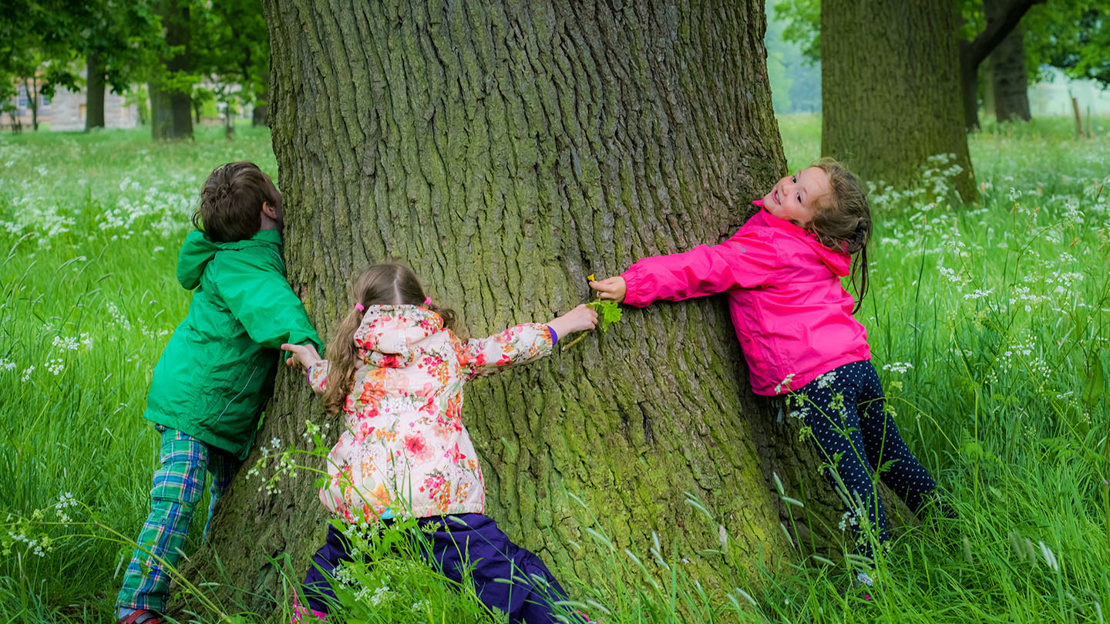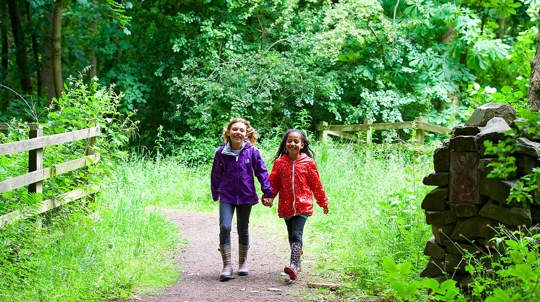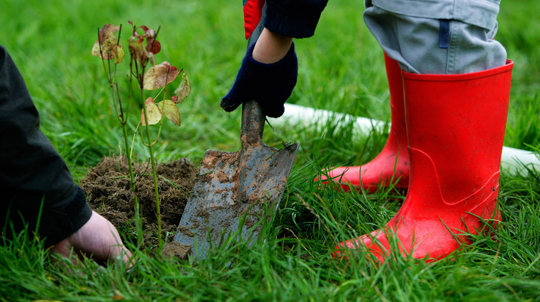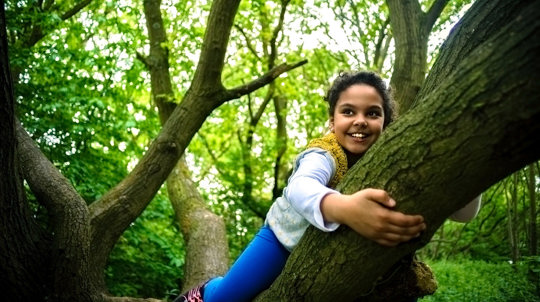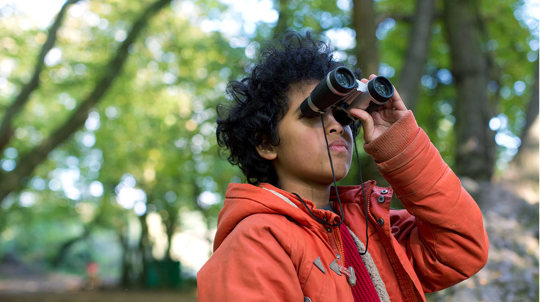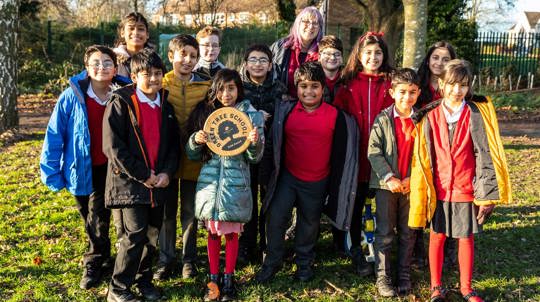Key stage 1 and 2 activities
Use these activities to help youngsters immerse themselves in nature using their senses, observation skills and imagination.
Spot wildlife in your local area
Explore your school grounds or a nearby green space and encourage children to keep their eyes peeled for wildlife. You can repeat this activity in different seasons to discover a variety of plants and animals.
Use our wildlife spotter sheets to help pupils record what they find. Our extensive range includes common trees, birds, minibeasts and more. The tick sheets are printable, so it's easy to take them outdoors, and they feature high-quality colour images to aid identification.
Hunt for animal homes
Can your pupils find evidence of animal homes, such as twig nests, holes in tree trunks or burrow entrances? Investigate different habitats and discuss which animals might live there.
You can use our animal homes spotter sheet (PDF 1.43MB) to record your pupils' discoveries.
Have a go at leaf rubbing
Invite pupils to take a closer look at tree leaves to explore their similarities and differences. Compare features such as size, shape and colour. What else do your students notice about them?
Use our leaf rubbing activity sheet (PDF 582 KB) to encourage hands-on interaction and our leaf ID sheet (PDF 1.52MB) to identify your leaves.
Find your tree twin
This activity is brilliant for helping pupils establish a personal connection with nature. You paint along the lines on the palm of your hand, then head outdoors to find a matching pattern in tree branches, fallen twigs or bark – this is your tree twin. (This activity is best done in an area with plenty of trees for youngsters to explore.)
Download our tree twins activity sheet (PDF 7.6MB) to hand out to children.
Hug a tree
Once you've found your tree twin, give it a hug!
When you hug a tree your body makes happy hormones, just like when you hug a human. These hormones can boost your mood and ease anxious feelings. Trees also release phytoncides to protect themselves from pests and diseases. These chemicals help people by improving our immune systems and reducing stress.
Tree hugging is a fun way for your pupils to connect with nature while exploring their feelings. Encourage them to pay attention to the texture of the bark, the sound of rustling leaves and the solid ground under their feet. Does it help them feel calmer, happier, more relaxed? If they're comfortable, ask them to share how the experience makes them feel with the rest of the class.
Discover faces in nature
Encourage children to use their imagination to find faces in nature. Can they spot eyes peering down from trees or animals formed by clouds? Seeing shapes or patterns in objects is a psychological phenomenon known as pareidolia.
Use our tree faces activity sheet (PDF 3.4MB) to support this activity.
Compete in the woodland Olympics
Take PE outdoors with this fun forest-themed challenge. Youngsters can go for gold in a twig relay race, pine cone shot put or natural obstacle course. They can invent their own events, too. It's heaps of fun and your pupils will enjoy double the benefits as they get active while connecting with nature.
Download the woodland Olympics activity sheet (PDF 694KB) to get started.



